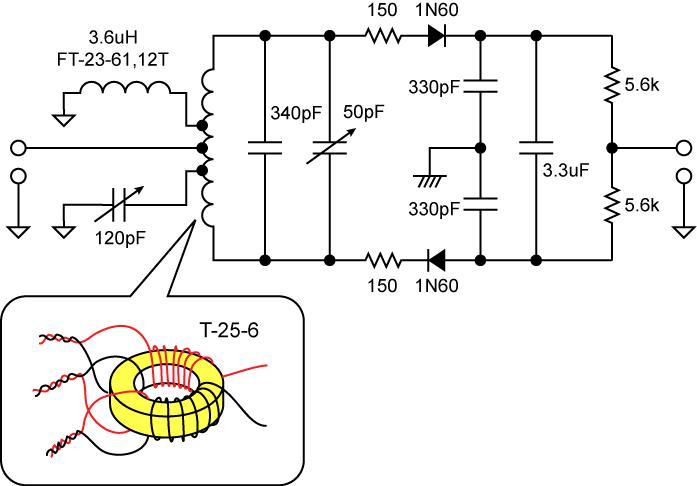Thank you for the kind remarks. I LOVE telling stories, and hope it helps those coming up to discover where this wonderful industry came from. Back in the day, when I was in high school, none of my fellow students had ever heard of Nikola Tesla. This upset me a lot because I knew that Tesla, almost single handedly (with help from George Westinghouse), invented three-phase, high-voltage, AC power distribution. Not to mention the induction motor which went on to revolutionize industrial manufacturing. He died penniless and perhaps a little crazy in the end, but there is no denying his early genius.
There was an electronics surplus store (
Mendelsons) in Dayton that had a humongous stock of electrolytic capacitors, mostly old "new stock," but also some pulls from power supplies. At one time, NCR Corporation in Dayton was a big-time semiconductor user and manufacturer trying to make the transition from mechanical cash registers to something... anything... more modern. Unfortunately, they just didn't have the corporate mentality required to make such a transition. When NCR decided to abandon those efforts a whole lot of power supplies flooded the Dayton market. These "boat anchors" were typically series-regulated 5 VDC supplies with output currents starting at 10 A and going up to several 100 A. No one wanted to pay the freight cost to move them around the country, so a goodly quantity ended up at Mendelsons. Later they were disassembled for parts and those parts become part of the warehouse inventory open for sale to the public. I knew from some sad experiences going back into the 1950s that electrolytics of unknown pedigree, age, and usage were not to be trusted, so I never bought any from Mendelsons even when the price was ridiculously low. The best approach now when "restoring" or "refurbishing" (make like new) electronics is to simply replace ALL the electrolytic capacitors with factory-new capacitors. Be sure to make your customer aware that the reason for doing this is to avoid repeat maintenance visits, not to rip them off with new parts they may not need. You can use test equipment to find "iffy" electrolytics, but it is usually simpler to just replace them.
Sadly, Mendelsons is soon to be no more. Sandy Mendelson sold the building for seven million dollars in 2019, with the new owners planning to spend around two hundred million dollars to spruce it up for public usage. I've sort of missed it since retiring to Florida in 2016, but there are more reliable (if not exactly cheaper) sources of parts available on the Internet. Mendelsons was the kind of place you visited on a rainy Saturday morning, spending hours walking up and down aisles that were two or three hundred yards long and full of all manner of interesting "stuff" at rock-bottom prices. Every price was negotiable at checkout, too! A few years ago, while I was still living in Dayton, I had the honor of guiding
@(*steve*) (who is an EP moderator) to Mendelsons. I think he liked it because he left with an arm load of blank circuit boards and maybe some other goodies that he shipped back to New Zealand or maybe Australia (I forget where Steve lives, but it is far, far, away). I hope he got to see the Elton John Farewell Yellow Brick Road tour. Sir John is in poor health and I don't have a good feeling for his prospects of making it through another year. All my favorite performing musicians are dead or dying. This may have started for me with The King, Elvis Presley, but I am sure that the 1959 deaths of Buddy Holly, Ritchie Valens, and "The Big Bopper" J. P. Richardson in a chartered airplane crash that actually occurred earlier may have affected more people.
I say all this because I am dusting off my turntable to play some vinyl records from the 1960s I had stashed in Dayton. Probably need a new diamond stylus for the tone cartridge, and those are probably unobtainable now. Probably have to buy a new tone cartridge, but vinyl is making a comeback here in the States, so that should be doable. More on this project later as it develops.


